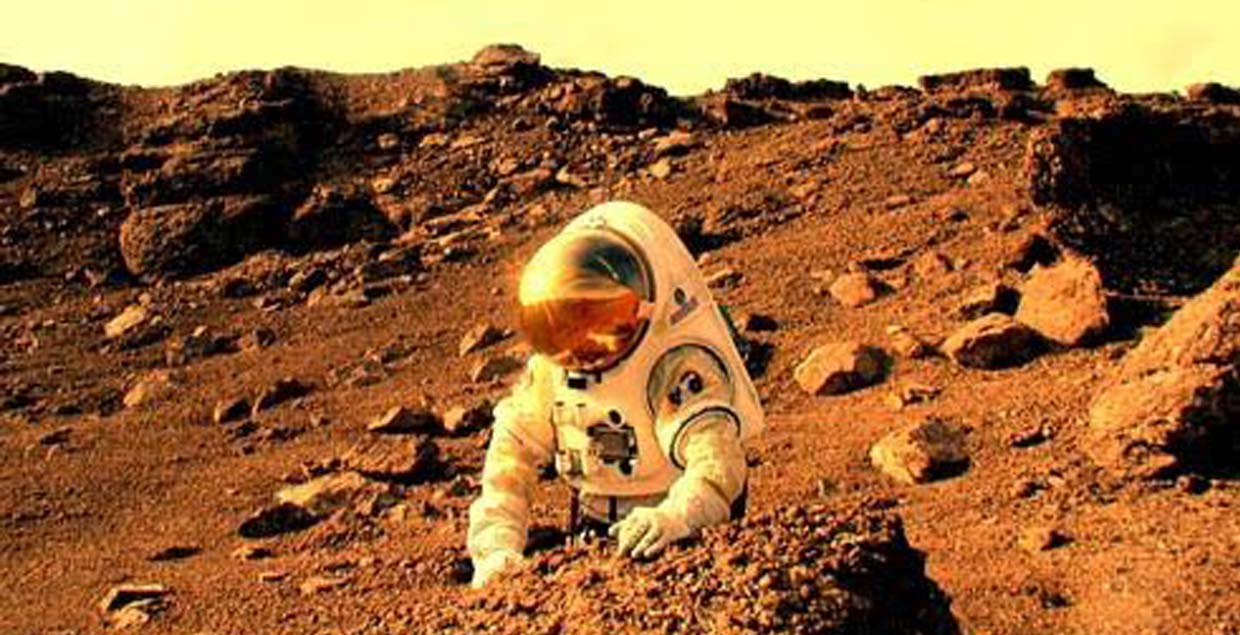I am sure you, like most of us at this time of year we take a moment to look back on the year, to think of the future and in a year like 2020 to maybe take a few looks sideways as well! One of my favorite things that happened in the year 2020 was the launch of the Perseverance Rover on a mission to Mars to begin securing samples of the red planet for a future sample return mission. Another highlight was the announcement by NASA of the eighteen astronauts (nine women and nine men) assigned to the Artemis Program returning astronauts to the surface of the Moon. These stories mixed together in my mind and brought me back to an interview I had conducted a few years ago with former astronaut Story Musgrave. Mr. Musgrave is a legend in the astronaut corp. He flew on six space shuttle flights, was the only astronaut to fly on all five orbiters, and was the most formerly educated astronaut with six academic degrees, and performed 3 spacewalks to repair and restore the Hubble Space Telescope to operational status during STS-61, as just a few of the highlights from his amazing career.
Story was one of eleven scientists selected in the 6th Group of astronauts in 1967. Group 6 astronauts had been selected to be available for expected future crew assignments of continued missions to the Moon, Earth orbiting space stations, and preliminary missions to Mars.
With the budget cuts that hit NASA every year following the Group 6 announcement, all of the programs previously mentioned were cancelled except for a scaled back version of the Earth orbiting space station, now called Skylab (a second Skylab space station was cancelled and it is now on display at the Smithsonian Air & Space Museum in Washington DC). With only nine astronauts selected to fly to Skylab, Story would have to wait fifteen long years before getting his first flight assignment to fly on the new space shuttle program, so he knows a thing or two about programs changing direction, budget cuts and patience.
Mr. Musgrave retired from NASA in 1997, and the following opinions are his own and do not represent NASA. I believe viewpoints such as Story’s can be helpful when having discussions with students about why things don’t happen faster, or progress the way they think they should. sharing differing viewpoints with them helps foster discussions on complicated issues such as government, international relations, budgets, and national goals.
I ask Story what all the students I work with want to know, “When will we get astronauts to Mars?” Story smiles, “Are we going?” Story pauses, “The real bottom line is, is there a mandate to go, and when?” Mr. Musgrave leans forward to make his point, “You look at the current congressional budget, and how much money is in there for Mars? Zero! There is no Mars money, because there is no human Mars program.”
I ask Story of he thinks the Space Shuttle program took away any momentum for Mars? “The shuttle made us massively good because it was so difficult and hard and impractical.” “We as a country came off the shuttle able to do anything.” “We had a unbelievably good team because it was so hard.” the pride evident in Story’s voice. “The trouble with the shuttle is you take 240,000 lbs. to orbit and then you bring it back home every time.” Story picks up a glass to emphasize, “Right now it costs $10,000 a pound to take something to orbit.”
“Space Station was the huge block to having us go further out” Mr. Musgrave gestures with his hands raised, “In my view, and of course there are a hundred different views, for the cost of the space station we could have had 300 Voyager type satellites.” Story continued, “We would have had return samples from every planet and moon that there is to sample in our solar system.” (The twin Voyager spacecraft were launched separately in 1977 to explore the outer planets Jupiter, Saturn, Uranus, Neptune and their associated moons)
“And some of those probes would have been going to Mars and its moons, mapping, landing, drilling and processing resources in select areas to prepare for future crews to land.” In his final point Story says, ” 100% of the space program materials come from Mother Earth.” “We could have started mining Mars and building space hardware there (on Mars) for astronauts and scientists to use out of that same program.” Story smiles, “that would be pretty amazing wouldn’t it?”





Thanks Christopher! This is really interesting!
That’s a great article. Thanks for sharing!